300 Old Sheldon Church Road
City Directories and History: (Prince William’s Parish Church) Sheldon Church is said to be the first conscious attempt in America to imitate a Greek temple. Built between 1745-1753, the ruins of the church still retain their classic simplicity. Surrounded by moss-draped live oaks, the original three-and-one-half foot thick colonnaded walls of Flemish bond and the four all-header bond portico columns remain, attesting to the solid construction and master craftsmanship which enabled it to withstand two conflagrations and over two hundred fifty
![Prince William Parish [Sheldon] (Ruins)](https://www.rootsandrecall.com/beaufort/files/2014/10/church-505-172-1.jpg)
years of existence. Complete by 1753, Sheldon Church was built along a row of seven Tuscan columns (six engaged, one outstanding). The western façade had an elegant portico, crowned by a triangular pediment with bulls-eye window and cornice with dentils. The large front doorway had a fanlight above and two round-headed windows, symmetrically spaced, on either side. On the north, five bays between the engaged columns were filled with a single tier of tall, round-headed windows; the other bay was left open for a portico. At the eastern end, above the alter, was a Palladian window, with a round-headed window to each side. Sheldon Church was burned by General Augustine Prevost’s British troops in May 1779. General Sherman’s 15th Corps under General John Logan burned Sheldon Church on January 14, 1865 and it was never rebuilt. Marble sarcophagi in the churchyard bear the names of South Carolina leaders. Listed in the National Register October 22, 1970. [Courtesy of the SC Dept. of Archives and History]
“Prince William’s Parish Church (Sheldon) was built between 1745 and 1755 on land donated from the original holdings of the first Landgrave, Edmund Bellinger. The name Sheldon was used in honor of the Bull family, whose nearby plantation and ancestral home in Warwickshire, England, were both called Sheldon Hall.
Arms and ammunition were hidden in the Bull family vault during the American Revolution, and Continental troops drilled on the church grounds. Sheldon Church was burned by General Augustine Provost’s British troops in May 1779. The church was rebuilt in 1826 and formally given the name of Sheldon Church of Prince William’s Parish. Sherman’s 15th Corps under General John Logan burned Sheldon Church on January 14, 1865. The church was never rebuilt. The colonnaded walls are three-and-a-half feet thick in the Flemish bond, and the four portico columns are in the all-header bond. Sheldon Church was built along a row of seven Tuscan columns (six engaged and one outstanding).
Sheldon Church is said to be the first conscious attempt in America to imitate a Greek temple.”
Information from: Historic Resources of the Lowcountry, The Lowcountry Council of Government, Cynthia C. Jenkins, Preservation Planner – Published, 1979
“Perhaps the handsome Church would not have been burned by British troops in 1779, if Prince William on his steed had been riding guard above the portal. Bishop Thomas said in a sermon preached at the Sheldon Church ruins in 1952, that the bronze statue of Prince William and his horse lay for years in an outhouse on Sheldon Plantation. In 1826, Sheldon was rebuilt within the same massive walls, though not so handsomely or so well. Sherman’s Army in 1865 burned the rebuilt Sheldon. It remains today a beautiful and pathetic ruins, where an annual service is held each spring. Some handsome tombs remain in the moss-draped, live-oak shaded churchyard.” (Information from: Names in South Carolina by C.H. Neuffer, Published by the S.C. Dept. of English, USC)
Stay Connected
Explore history, houses, and stories across S.C. Your membership provides you with updates on regional topics, information on historic research, preservation, and monthly feature articles. But remember R&R wants to hear from you and assist in preserving your own family genealogy and memorabilia.
Visit the Southern Queries – Forum to receive assistance in answering questions, discuss genealogy, and enjoy exploring preservation topics with other members. Also listed are several history and genealogical researchers for hire.
User comments welcome — post at the bottom of this page.
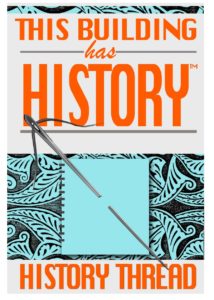
R&R HISTORY LINK: A SCHS Mag. Article; “Union Troops and the Destruction of S.C. Religious Places” by Chesebrough
Please enjoy this structure and all those listed in Roots and Recall. But remember each is private property. So view them from a distance or from a public area such as the sidewalk or public road.
Do you have information to share and preserve? Family, school, church, or other older photos and stories are welcome. Send them digitally through the “Share Your Story” link, so they too might be posted on Roots and Recall.
Thanks!
IMAGE GALLERY via photographer Bill Segars – 2005
User comments always welcome - please post at the bottom of this page.
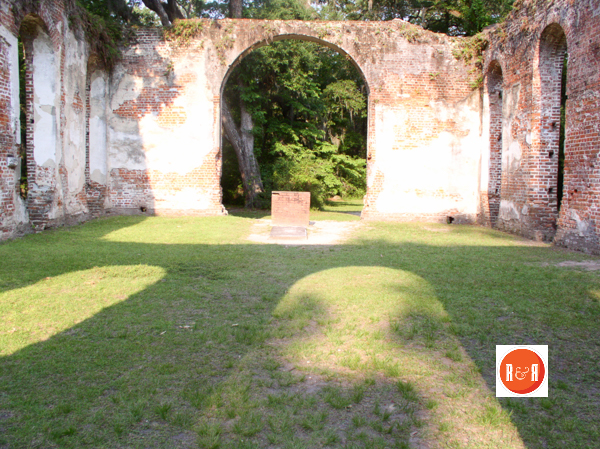
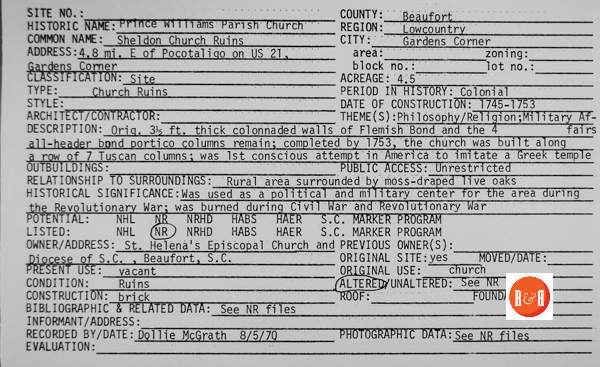
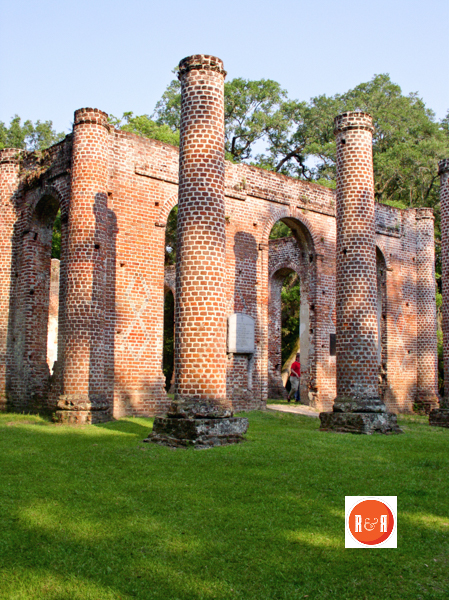
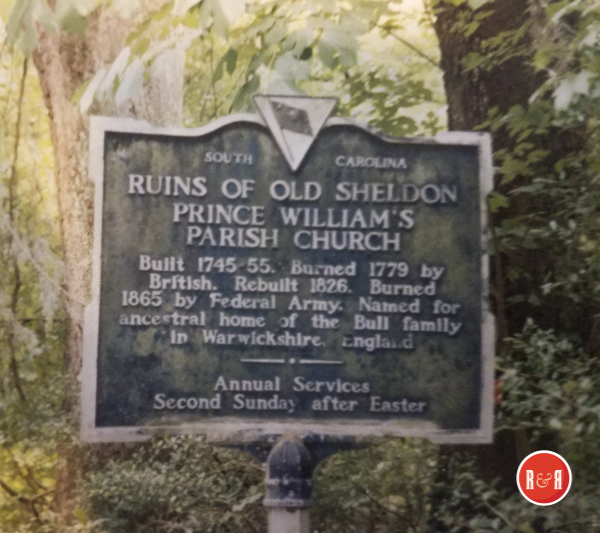
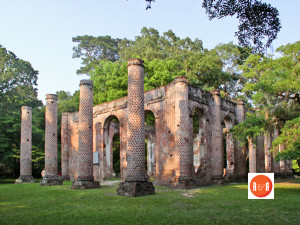
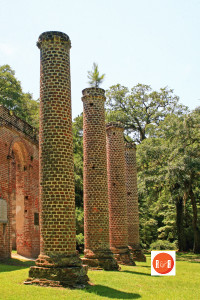
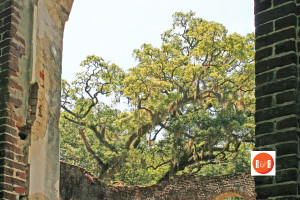
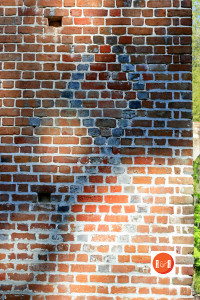
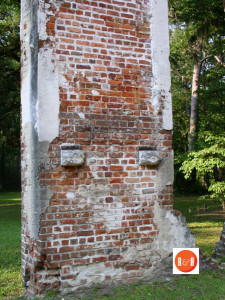

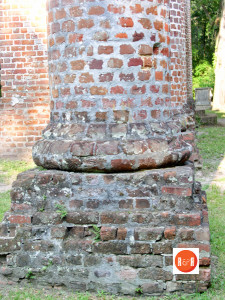


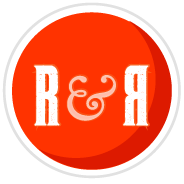
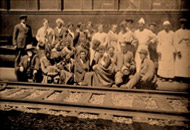
Share Your Comments & Feedback: